The year 1843 marked the big exodus of pioneers making the trek westward.
It is said that approximately 1,000 people traveled this trail.
Here are some interesting tidbits from their journey:
The pioneers walked the Oregon Trail, but have you ever thought how many shoes were worn out by the time they reached Oregon?
According to the diary of May Ellen Murdock Compton, a 1853 emigrant, she started from Independence with ten brand new pairs of shoes and wore all of them out except the last pair. She saved this pair for the Oregon Country by walking barefoot over the last miles of her journey.
Pioneers had what they called a "Roadside Telegraph." Pioneers would write messages on anything that was available to communicate with other wagon trains. "Anything available" meant cloth scraps, animal skulls, rocks, bark, leaves, etc. Some places were "Prairie Post Offices" meaning there were a number of messages that had been left at that spot for others.
It took roughly $800-$1,000 to obtain a proper outfit (wagon, food, clothing, etc.) and enough supplies to live a whole year without planting or harvesting a crop. Some families saved for three to five years before being able to begin their trip west.
Toilet facilities were, for the most part, not mentioned in journals written along the Oregon Trail. But, according to emigrant Charlotte Pengra, one trail-side rest area looked more like a communal ditch. There are suggestions that the full skirts worn by most ladies acted as shields or "curtains of modesty" for this purpose. Obviously, bloomers would not provide this advantage.
Welcome To Pilgrims and Pioneers!
After many years of researching my family geneaology I have been lucky enough to discover actual information about my relatives that lived in the Pilgrim Era and the Pioneer Era- while many people also have realtives from those eras- many do not know their names or where they lived- actually seeing the proof in print makes you much more aware of who they really were.
After discovering these relatives it of course made me curious to learn more about the eras that they lived in and what their lives were like as, the history I learned in grade school had long since been forgotten.
I decided to start this blog for others who are also interested in these eras.
Some of the information here will be actual facts about my realtives and some will be information about the eras in general that I have found on the web.
I hope you will enjoy traveling back in time with me!
After discovering these relatives it of course made me curious to learn more about the eras that they lived in and what their lives were like as, the history I learned in grade school had long since been forgotten.
I decided to start this blog for others who are also interested in these eras.
Some of the information here will be actual facts about my realtives and some will be information about the eras in general that I have found on the web.
I hope you will enjoy traveling back in time with me!
Saturday, June 21, 2008
Subscribe to:
Post Comments (Atom)
Prairie Wild Morning Glory

Prairie Phlox
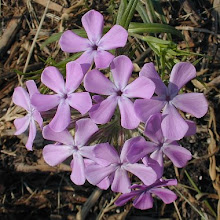
Prairie Sundrops
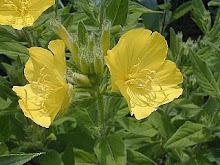
The Famous Rock!
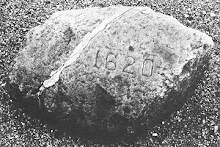
Plymouth Rock dated 1620
Plimoth Plantation
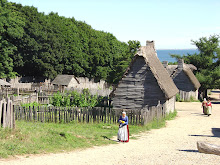
The Village
Plimoth Plantation

A Keeping Room






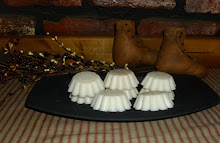


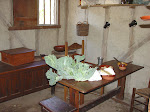
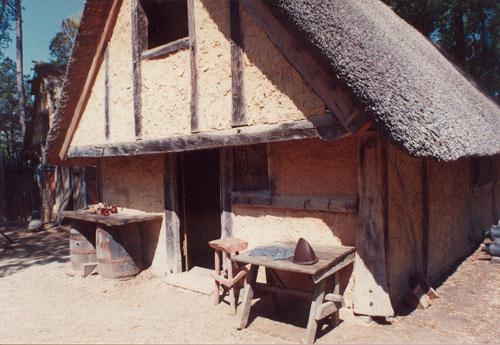
No comments:
Post a Comment